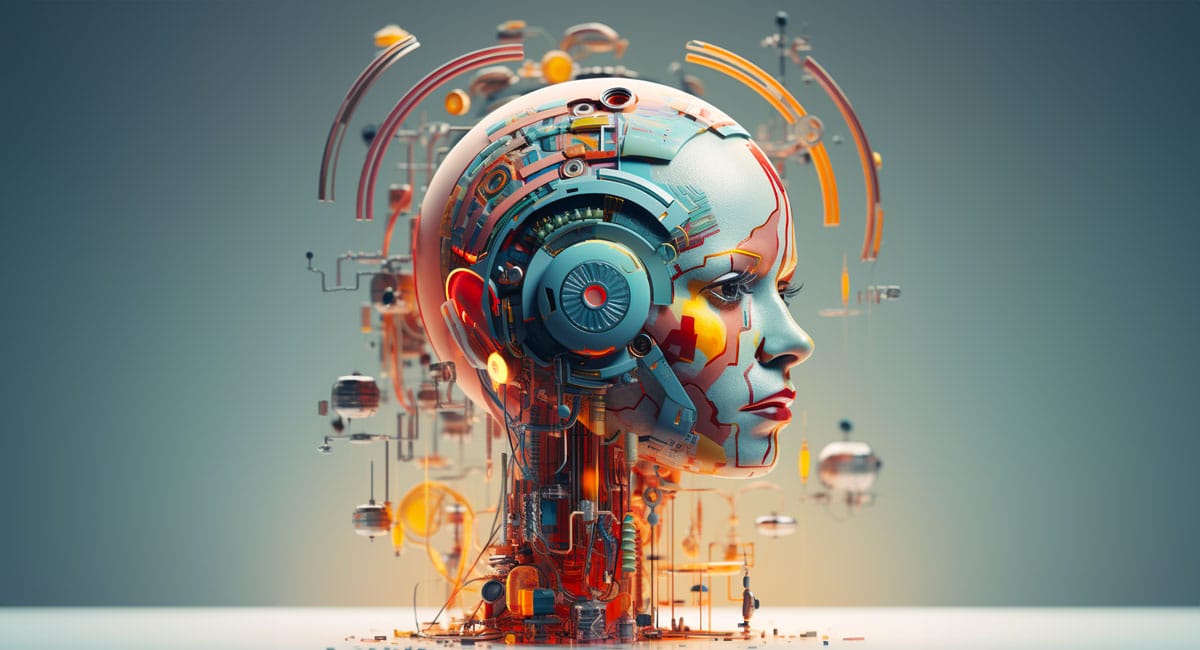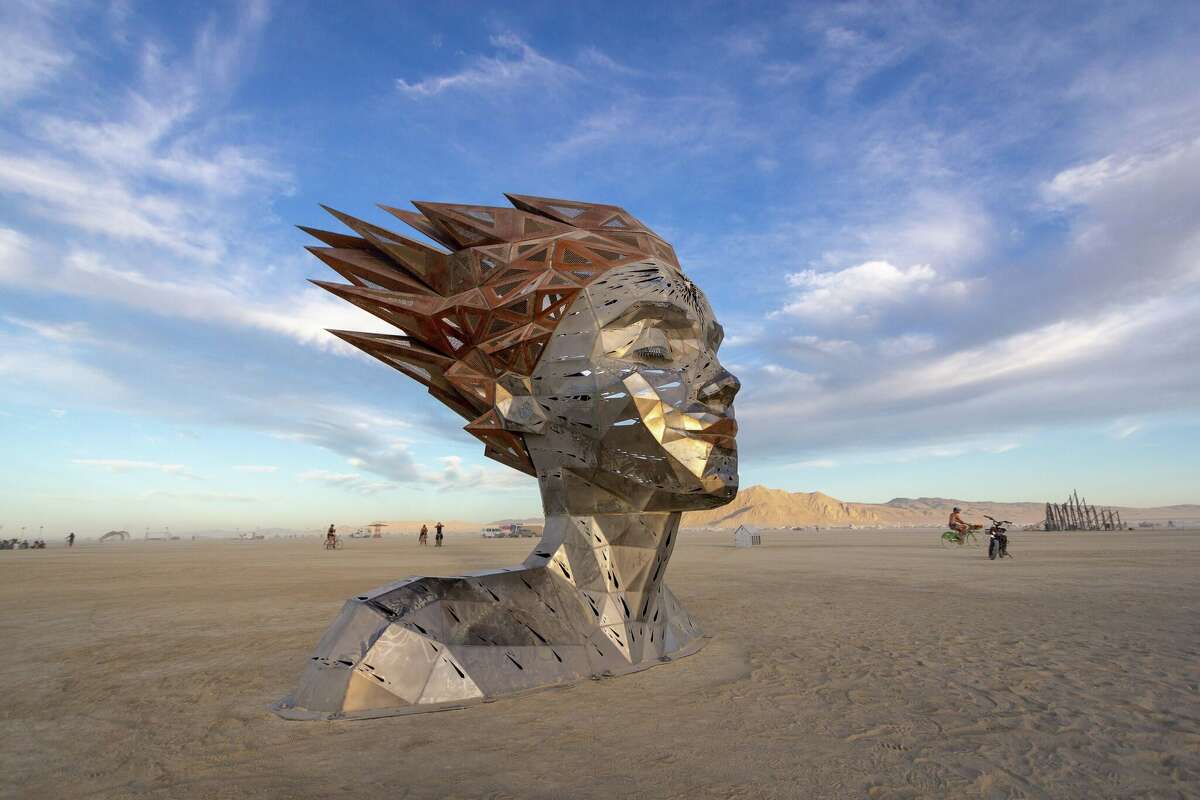When electricity first lit up city streets, the spectacle felt miraculous. People gathered around glowing store windows at night, marveling at the magic of banishing darkness at the flick of a switch. But while lightbulbs captured everyone’s attention, their real significance lay in helping us see an even greater possibility: harnessing electricity to power motors. Factories could suddenly automate tasks once left to muscle and steam. Home appliances, from refrigerators to washing machines, revolutionized daily life. Entire new industries sprang up around radio, electric rail, and later the microchip boom—spinoffs of that one “lightbulb moment.”
Today, generative AI might be playing the same symbolic role that the lightbulb did for electricity. Yes, apps that create art from text prompts or draft essays with a single command are dazzling—but they’re just the introduction. The deeper power of AI may lie in its ability to run entire systems more intelligently, much like electricity did for motors a century ago. We’re already seeing hints of that future in fields like personalized medicine, where AI can analyze patient data to predict disease risk, or manufacturing, where AI-driven robots fine-tune production lines with the precision of a master craftsman. Meanwhile, AI’s predictive analytics spawn new markets in logistics, retail, finance, and beyond, transforming how businesses operate at a fundamental level.
Look at the electric car revolution. Tesla once reigned as the unmatched leader, pushing electric vehicles into the mainstream. Their cars boasted ranges that made daily EV use practical, while their Supercharger network and technology seemed borderline futuristic. But the landscape continues to evolve. Newer entrants like Lucid Motors now offer electric sedans with ranges surpassing 500 miles. Lucid CEO Peter Rawlinson remarked that his team aims to “remove the range-anxiety barrier once and for all,” and they’re not alone. Automakers such as Toyota have showcased advanced battery research, hinting at vehicles that could top even Lucid’s numbers in the coming years. Over in China, manufacturers like NIO and GAC have demonstrated rapid charging and battery swapping to keep drivers moving without delay. These breakthroughs—largely reliant on smarter engineering, data analytics, and AI-assisted design—show how “lightbulb moments” evolve into complex, powerful machines that transform entire sectors.
Just as electricity spawned modern manufacturing, refrigeration, telecom, and computing, the AI boom is giving rise to fresh industries we’re only beginning to imagine. From robotic process automation that streamlines office work to generative design tools that develop prototypes no human engineer would have envisioned, AI’s potential is boundless. And like the factory motors of the early 1900s, these new AI engines will quietly power the machinery of tomorrow’s world: in agriculture, energy grids, public health, education, and more.
It’s easy to feel that once the magic of a new technology spreads, it gets watered down—less of a spectacle, more of a routine utility. But there’s a silver lining: when innovations become ordinary, they reach millions more people. The true power emerges after the initial fireworks, when inventions stop being novelties and start being necessities. Electricity lost its “wow” factor the day flipping a light switch became second nature—but it also made life better, safer, and more prosperous for billions.
Generative AI may be our modern lightbulb, illuminating what’s possible and whetting our appetite for the bigger transformations ahead. And just as industry titans adopted electricity to power motors and entire assembly lines, today’s entrepreneurs are rushing to harness AI in new ways, building the next wave of markets that will shape our future. The magic might feel a little less shocking over time, but in that diffusion lies its true promise: to remake everyday life, empower everyday people, and spark the next surge of imagination for generations to come.





